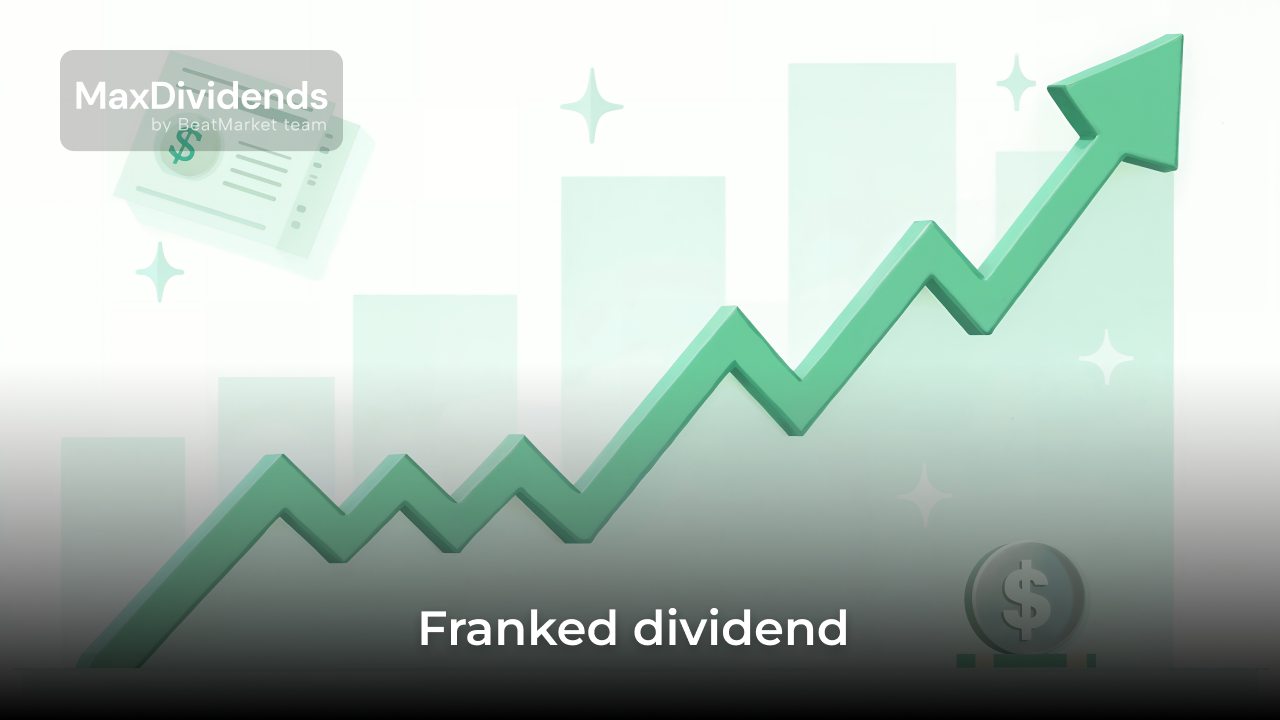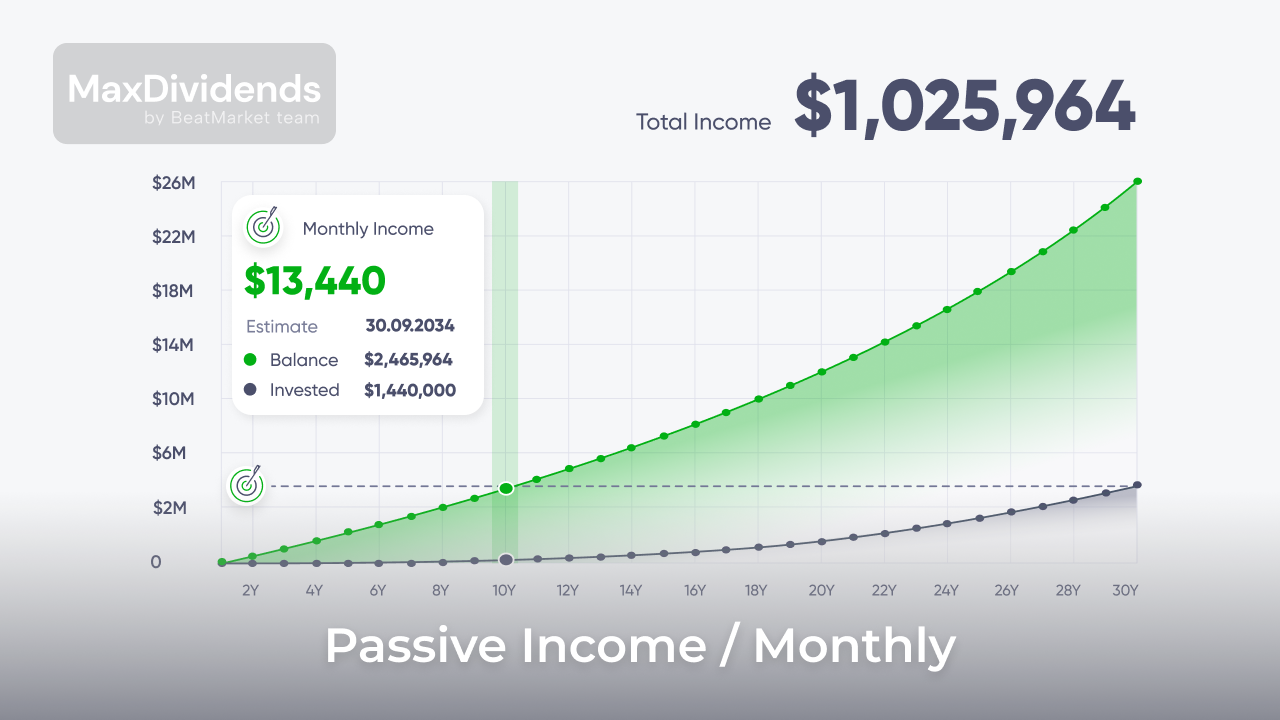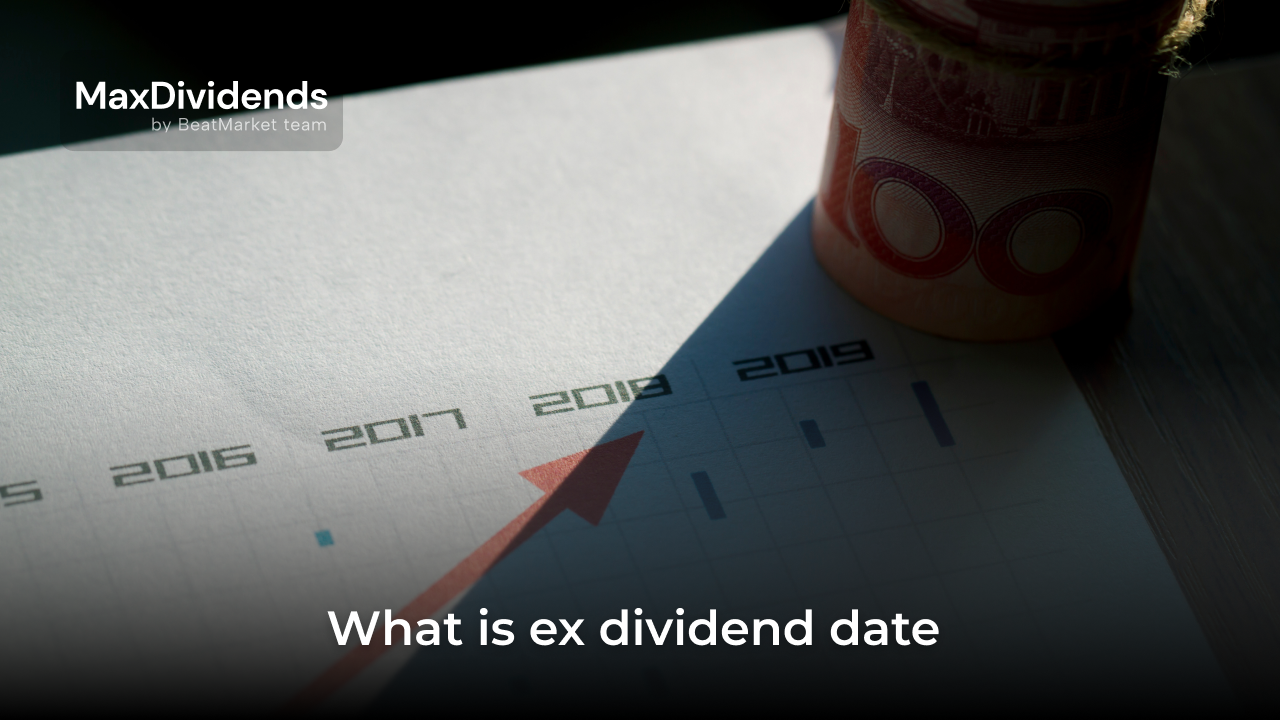If an investor makes a profit on a capital asset sale, the investor is liable to pay tax on it. The rate depends on many factors. The key one is whether the money is short term or long term capital gains.
This article explains how to determine the tax rate to be paid on investment income and how to minimize it.
Table of Contents
Which Assets Are Counted as Capital Gains?
When talking about capital gains, it is usual to refer to capital assets such as stocks traded on centralized exchanges or precious metals.
But there are some other types of assets to be reported in the tax return. However, capital gains tax rates may differ from those applicable to most securities.
Collectibles
Gains from the sale of collectibles are taxed at the rate of 28%, regardless of the total income and the period of ownership.
Qualified Small Business Stock
Under section 1202 of the United States Internal Revenue Code, income derived from Qualified Small Business Shares (QSBs) may be fully exempt from federal capital gains tax and investment income tax. The following conditions must be met:
- securities were purchased after 27 September 2010;
- the private investor has held the stocks for at least 5 years;
- the profit made is less than $10m or more than 10 times the adjusted underlying stock price (whichever is greater).
Home Sale Exclusion
This tax concession only applies to the sale of the primary residence. It requires a person to have lived in the apartment/house for 2 out of the last 5 years to take advantage of it.
When selling a primary residence, taxable capital gains can be reduced by $250,000 for a single person or $500,000 for a married filing a declaration jointly.
Expenditures for substantial home improvements can also be excluded from the net capital gain.
Investment Real Estate
People who own more than one property can reduce the amount of capital gains by depreciation charges on these properties.
But when such a property is sold, part of its value will be treated as a return of depreciation costs and taxed at the rate of 25%.
Investment Exceptions
In addition to the tax on short term/long term capital gains, there is a tax on net investment income. It is calculated at a rate of 3.8%. It is payable by people with an adjusted gross income (MAGI) exceeding:
- $200,000 for a single person or head of household;
- $250,000 for a married filing a declaration jointly;
- $125,000 for a married person but filing separately.
What Are Long-Term Capital Gains?
Long term capital gains are gains made on the sale of assets owned by the investor for more than a year. If a person continues to own stocks/real estate and does not record a profit, he does not have to pay capital gains tax.
This income is taxed at a reduced rate compared to short term capital gains, wages and salaries, etc. It is not added to the total taxable income and thus the income tax rate is not increased.
Long-Term Capital Gains Tax Rates
The range of federal long term capital gains tax rates is 0-20%. Each person’s individual rate depends on the financial situation and filing status ( i.e. type of filing form used).
The taxable income threshold, upon reaching which the capital gains tax rate increases, is reviewed each year and is published on the US Internal Revenue Service’s website.
2022
3 tax brackets are defined for long term capital. The income standards for 2022 are presented in the table below.
| Status/rate | 0% | 15% | 20% |
| Single person | Up to $41,675 | $41,676 to $459,750 | Over $459,750 |
| Married filing a declaration jointly | Up to $83,350 | $83,351 to $517,200 | Over $517,200 |
| Married person filing separately from the spouse | Up to $41,675 | $41,676 to $258,600 | Over $258,600 |
| Head of household | Up to $55,800 | $55,801 to $488,500 | Over $488,500 |
2023
The parameters for calculating the long term capital gains tax in 2023 are listed in the table below.
| Status/rate | 0% | 15% | 20% |
| Single person | Up to $44,625 | $44,626 to $492,300 | Over $459,750 |
| Married filing a declaration jointly | Up to $89,250 | $89,251 to $553,850 | Over $517,200 |
| Married person filing separately from the spouse | Up to $44,625 | $44,626 to $276,900 | Over $258,600 |
| Head of household | Up to $59,750 | $59,751 to $523,050 | Over $488,500 |
How Are Long-Term Capital Gains Calculated?
The taxable base is fixed at the time of an asset sale owned by the investor for more than a year. To calculate the capital gain, the formula is used:
Long term capital gain = Sales price – Base value.
Most often, the base value of an asset equals its purchase price. Yet it may be less if depreciation has taken place (in the case of investment real estate), capital repayment (in the case of investments in REITs), etc.
Regarding securities, broker’s commission and other transaction-related costs are also deducted from the capital increase.
Let’s take a look at the example based on the following conditions:
- in 2021, an investor buys $5,000 worth of stocks (including broker fees and commissions);
- in 2023 he sold the stock for $7500;
- The person is the head of household and has an annual taxable income of $80000.
In this case, the long term capital gain is $2500. According to the table above, the capital gains tax rate would be 15%. Hence, the person will pay $375 on this transaction.
Advantages and Disadvantages of Long-Term Capital Gains
Holding assets for more than a year offers several advantages. Yet this approach to investing also has disadvantages.
| Advantages | Disadvantages |
| Long term capital gains are subject to a lower tax rate | Lack of quick profits. While planning to take advantage of the long term capital gains incentive, an investor may fail to sell a stock on a rising market and miss out on some of the profits |
| Time saved investing through a passive “buy and hold” strategy | Lack of liquidity. A person may face it by keeping funds locked up in one asset for more than a year |
| Opportunity to wait out moments of market volatility without taking a loss |
What Are Short-Term Capital Gains?
Short-term capital gains are gains made through the sale of assets owned by a person for less than a year. It is added to ordinary income (wages and salaries) and may lead to an increase in the tax rate.
Short-Term Capital Gains Tax Rates
Income tax for short term capital gains is calculated according to the ordinary tax rates range. Like for long term capital gains, the rate depends on the financial situation of the investor and the type of filing.
2022
The rules relating to short term capital gains imply 7 income tax brackets. The ordinary tax rates range and the amount of income that corresponded to them in 2022 are given in the table below.
| Status/rate | 10% | 12% | 22% | 24% | 32% | 35% | 37% |
| Single person | Up to $10,275 | $10,276 to $41,775 | $41,776 to $89,075 | $89,076 to $170,050 | $170,051 to $215,950 | $215,951 to $539,900 | Over $539,900 |
| Married filing a declaration jointly | Up to $20,550 | $20,551 to $83,550 | $83,551 to $178,150 | $178,151 to $340,100 | $340,101 to $431,900 | $431,901 to $647,850 | Over $647,850 |
| Married person filing separately from the spouse | Up to $10,275 | $10,275 to $41,775 | $41,776 to $89,075 | $89,076 to $170,050 | $170,051 to $215,950 | $215,951 to $323,925 | Over $323,925 |
| Head of household | Up to $14,650 | $14,651 to $55,900 | $55,901 to $89,050 | $89,051 to $170,050 | $170,051 to $215,950 | $215,951 to $539,900 | Over $539,900 |
2023
The amounts of taxable income and their corresponding tax rate for 2023 for short term capital gains are given in the table below.
| Status/rate | 10% | 12% | 22% | 24% | 32% | 35% | 37% |
| Single person | Up to $11,000 | $11,001 to $44,725 | $44,726 to $95,375 | $95,376 to $182,100 | $182,101 to $231,250 | $231,251 to $578,125 | $578,126 or more |
| Married filing a declaration jointly | Up to $22,000 | $22,001 to $89,450 | $89,451 to $190,750 | $190,751 to $364,200 | $364,201 to $462,500 | $462,501 to $693,750 | $693,751 or more |
| Married person filing separately from the spouse | Up to $11,000 | $11,001 to $44,725 | $44,726 to $95,375 | $95,376 to $182,100 | $182,101 to $231,250 | $231,251 to $346,875 | $346,876 or more |
| Head of household | Up to $15,700 | $15,701 to $59,850 | $59,851 to $95,350 | $95,351 to $182,100 | $182,101 to $231,250 | $231,251 to $578,100 | $578,101 or more |
How Are Short-Term Capital Gains Calculated?
Tax on short term capital gains is calculated on a progressive scale, taking into account both investment income and other types of income.
The same formula is used to determine the amount of capital gains – sale price minus purchase price. This tax return chapter includes gains from the sale of assets that have been owned by the investor for a year or less.
Let us take a look at an example with the following conditions:
- the investor is filing as a single person;
- he or she has taxable wage income of $50,000;
- his or her short term capital gains were $7000.
Therefore, part of the short term capital gains ($4725) will be taxed at a rate of 12%. The other part ($2275) would be taxed at 22%.
The total amount of tax a person would have to pay would be calculated according to the following scheme:
11000 х 0,1 + 33725 х 0,12 + 2275 х 0,22 = 5647,5
Advantages and Disadvantages of Short-Term Capital Gains
When planning when to sell your assets, note the following advantages and disadvantages of a short-term strategy.
| Advantages | Disadvantages |
| Liquidity of investor’s capital | Higher capital gains tax rates |
| Option to use short bursts of volatility on the news, etc. | Time-consuming to track market fluctuations |
The main argument in the short term vs long term capital gains debate is that trading over short time frames offers the opportunity to profit from rapid price fluctuations. If an investor has sufficient understanding of the stock market laws, he or she can make higher profits than in a passive “buy and hold” strategy.
However, the tax required to be paid by the investor will inevitably get higher. This can result in a lower bottom line profit.
Differences Between Short-Term and Long-Term Capital Gains
The key difference between long term and short term capital gains is the time period the asset has been in possession and the gain has been made on its sale. The income classification is made on the basis of this parameter.
It is important to distinguish between long term and short term capital gains because of the difference in taxation rates. Another important point is that long term capital gains never add up to an investor’s ordinary taxable income.
Capital gains vs. capital losses
Capital gain is the profit an investor makes by selling an asset at a higher price than the purchase price.
Capital losses are the losses recorded by a person at the time he or she sells an asset at a price lower than the purchase price.
How can capital losses affect your taxes?
If an asset is sold for less than its purchase price, then it is a capital loss rather than a capital gain. This loss allows the investor’s tax base to be reduced, but only within certain parameters:
- The rule only applies to investment instruments. It no longer refers to items bought for personal use (e.g. a car).
- Capital losses are also divided into short term and long term. They only reduce the corresponding capital gain first. As a result, what do short-term capital losses offset the long-term capital gains only if they are greater than the short-term gains.
- If the capital loss exceeds the investment gain, it can be used to reduce the taxable base consisting of other income, with a maximum of $3000 per year. The owed capital gains taxes are carried forward to the next tax season.
For example, during the tax season an investor received $2000 short-term capital gains and $5000 long-term capital gains. At the same time s/he recorded a $1500 short-term capital loss. It must be allocated first to cover the short-term gains. That is, the person has to pay tax on $500 and $5000.
Another situation: Given the same income, the short-term loss is $3000. This fully covers the short-term gain. And the remaining short term capital loss can offset the long term capital gain. Therefore, the tax only needs to be paid on the $4,000 of long-term capital gains.
Capital gains can be obtained through the distribution of the mutual fund’s profits rather than through the sale of securities by the investor himself. Such distributions are not offset by individual losses.
How capital gains taxes work
For example, an investor whose income meets the ordinary income tax rate of 22% buys stocks for $5000 and sells them for $6000 within a year. He owes federal income tax of $220 and his net profit would be $780.
If he sold the stock at the same price, but more than 12 months after the purchase, the tax would only be $150. And the profit would rise to $850.
Are there any states that don’t tax capital gains?
In addition to the federal taxes, the investor is liable to pay capital gains tax to the state of residence. The tax depends on the regional legislation.
There are a few states that do not impose capital gains taxes on their residents:
- Alaska;
- Florida;
- Nevada;
- New Hampshire;
- South Dakota;
- Tennessee;
- Texas;
- Washington (only the long-term capital gains tax for people whose income is more than $250,000 is levied);
- Wyoming.
Capital gains tax strategies
One way to increase investment returns is to minimize capital gains taxes. There are many ways on how to do this, the main ones being discussed below.
Use tax-advantaged retirement plans
There are 2 types of benefits for people who build up their retirement capital.
Classic 401(k) and IRA options reduce the investor’s current taxable base. For example, a person earns $40,000 and contributes $5,000 to a retirement plan. As a result, he would only pay tax on $35,000. The income earned through investing would only be deducted when the money is withdrawn from the account after 59.5 years.
The Roth 401(k) and Roth IRA plans provide no current exemption. They do, however, offer a full capital gains tax exemption for all investment income.
Monitor your holding periods
Before selling assets, one should consider the holding period and check how the transaction will affect tax liabilities. It is also important to remember that long-term capital gains rates are lower than short-term rates.
Keep records of your losses
When choosing long-term vs short term capital gains, it is useful to keep losses in mind. One way to reduce the tax is to sell those assets that have fallen in value and for which the investor expects no growth in the near future, and lock in a loss.
Such transactions reduce the tax base and free up money for other investments.
If an investor has made both short-term and long-term gains, it is more profitable to lock in short-term losses. The choice of short-term vs long-term capital gains tax is better made in favor of the latter because of the lower rates.
Stay invested and know when to sell
However, one option to reduce the tax is to defer selling assets until the investor is out of work.
The rate depends on his total income, given low or no wages, it is possible to lock in profits and still pay no tax on long-term capital gains.
Use a robo-advisor
Robo-advisors can provide assistance in finding a suitable asset allocation as well as suggest a tax optimisation strategy. Their use saves much time in portfolio analysis.
Hold the Stock for Over a Year
Doing away with short-term strategies and only taking profits on positions held by the investor for more than a year is one way to reduce tax.
Claim the Home Sale Exclusion for Your Principal Residence
In addition to retirement plans, there are some other types of investment plans that offer tax benefits. For example, the 529 plan and the HSA.
Use Tax-Advantaged Accounts
As already mentioned, an investor can offset capital gains and reduce his tax liability by selling assets cheaper than the purchase price. This strategy is called tax loss harvesting.
If the investor has no capital gains in the present year, it may still be worthwhile for him or her to lock in a $3,000 loss. This will reduce the tax on other income.
But the rule of quick sale must be kept in mind. If an investor sells the stocks to save on taxes and then buys them back earlier than 30 days later, they will lose the right to the exemption.
Donate to Charitable Causes
Donations to charity can significantly reduce your tax liability.
Speak with a tax professional
Tax legislation is complex and constantly changing. Therefore, it is often useful to consult an expert. A tax professional will suggest a strategy designed around the investor’s financial objectives to reduce the tax bill and maximize profits.
Capital gains tax rates on real estate
In relation to real estate, there are a few additional rules regarding tax rates.
What is the capital gains tax on property sales?
If the investor has owned the property for more than a year and has not applied the so-called depreciation allowance, the rates of 0%, 15% or 20% will be used to calculate the capital gains tax, depending on the category of taxpayers the person belongs to.
For shorter ownership periods, the tax is calculated at the rates for short term capital gains.
The main benefit available is a $250k deduction ($500k for a married couple) for selling a primary residence. Country houses and investment properties are not eligible for this deduction.
25 percent capital gains rate for certain real estate
If a person owns a property and rents it out, he is entitled to apply a tax deduction for depreciation. Then, on selling the property, he or she will have to pay increased tax on this amount.
Example:
- an investor buys a property for $350k;
- he exempts $100k from tax as part of depreciation during the time he owns the property;
- As a result, he sells his asset for $425k.
Given this situation, the investor’s long-term capital gain would be $175k (Sale Price – Purchase Price – Depreciation) The $100k in depreciation would be taxed at 25%. The remaining $75k would be taxed at 0%, 15% or 20%, depending on the individual’s income.
Small business stock and collectibles: 28 percent capital gains rate
Collectibles, which are subject to a 28% tax rate regardless of the investor’s financial situation, include collectibles:
- antiques;
- works of art;
- precious stones and metals:
- coins;
- stamps
- wine and brandy collections.
Profits made on small business stock transactions are taxed at the same rate. The same rate applies if the securities are not subject to the provisions of section 1202 of the US tax code.
Conclusion
Long-term asset ownership is the main way to reduce the income taxes rate. In order for income to be attributed to long-term capital gains, more than one year must elapse between the purchase and sale transactions.
Another way to reduce or avoid tax altogether is to use tax-advantaged accounts. In addition, an investor can sell unsuccessful assets, lock in a capital loss and reduce his or her taxable base.
For some stocks, as well as real estate or collectibles, the tax rate differs from the generally accepted rate for long-term or short-term capital gains.
FAQ
H3 How long is short term capital gains?
A capital gain on sale is considered a short-term capital gain if the asset has been owned by a person for less than a year.
how long do you have to hold a stock to avoid short term capital gains?
In order for income from the stock sale to be attributed to long-term capital gains, the stocks must be held for more than one year (at least one year and one day). For the purpose of determining the time period of holding, the countdown is carried out from and including the day following the day the asset was purchased.
how to offset short and long term capital gains?
If a person had a loss in the tax period, the capital gains from the investment can be reduced by a corresponding amount.
It is also possible to reduce the taxable wage base by $3000 per year on the basis of the capital loss.
How do I avoid short-term capital gains?
This either requires holding the asset for more than a year before selling it, or recording a short-term loss on other positions, covering the profit made.
You Might Also Like
- MLP Investments: Understanding Dividend Stocks and How to Invest in Them
- How to Calculate Dividend Yield: A Step-by-Step Approach for Investors
- High Yield Monthly Dividend Stocks: How Qualified and Ordinary Dividends Are Taxed Differently






